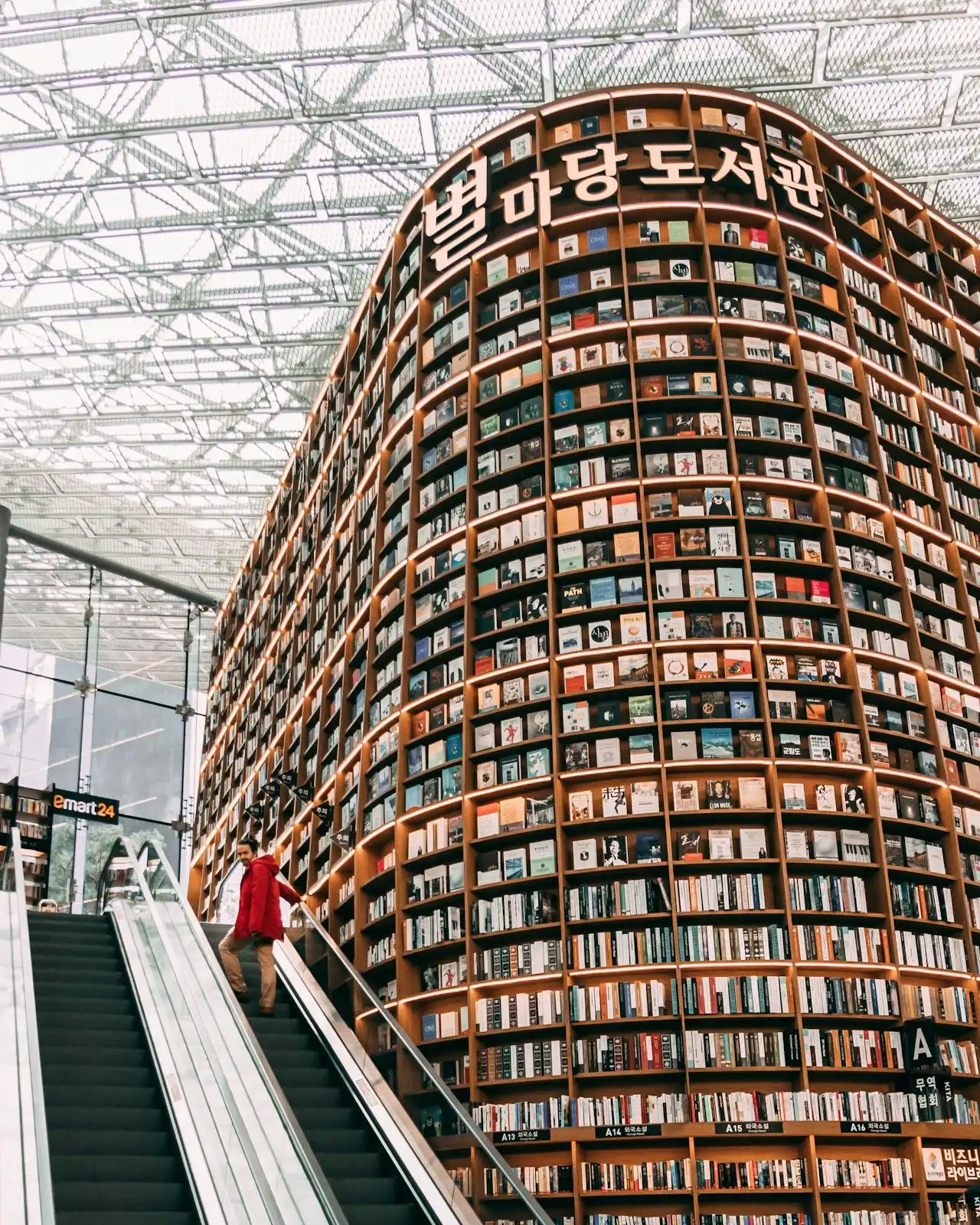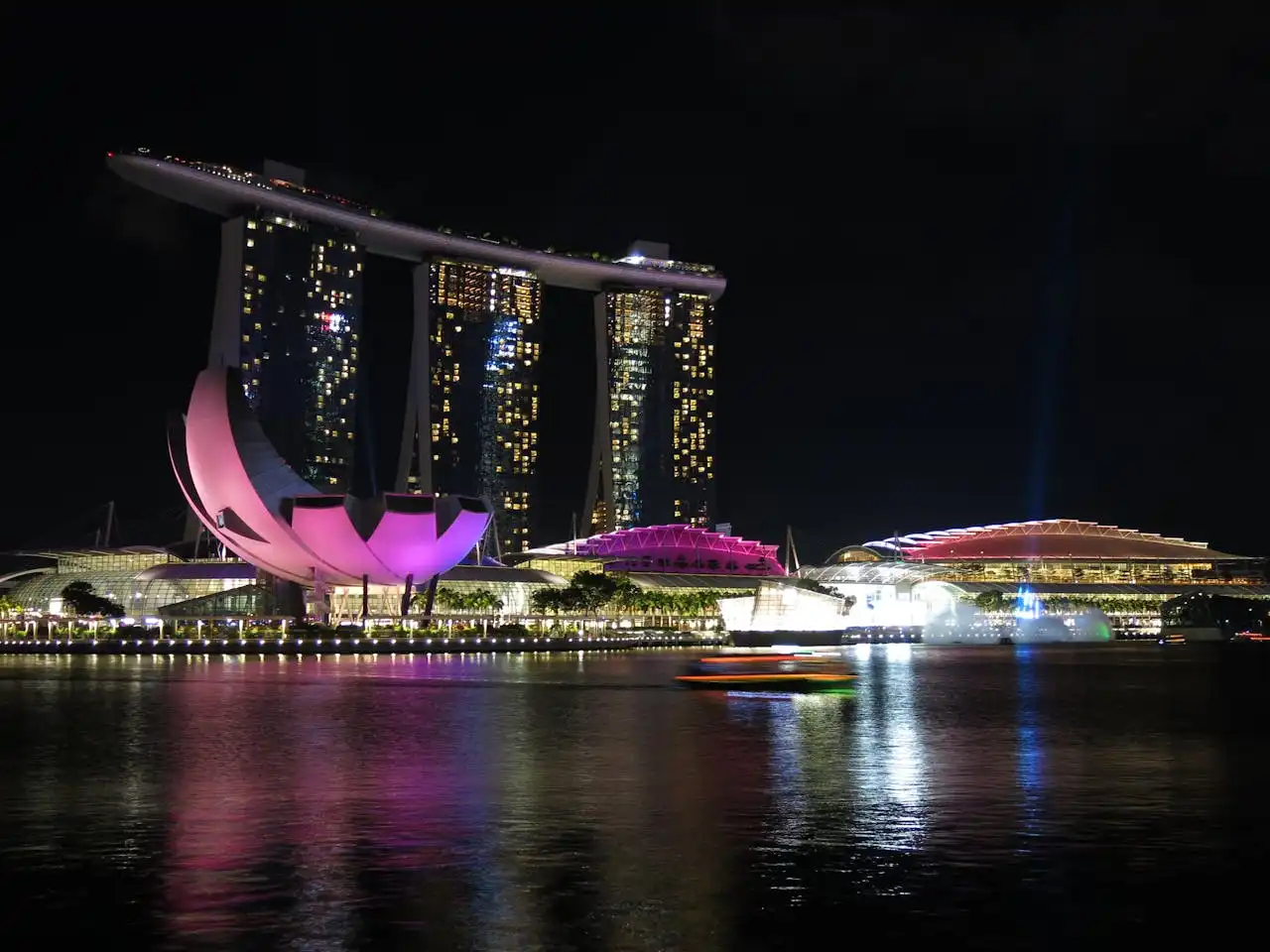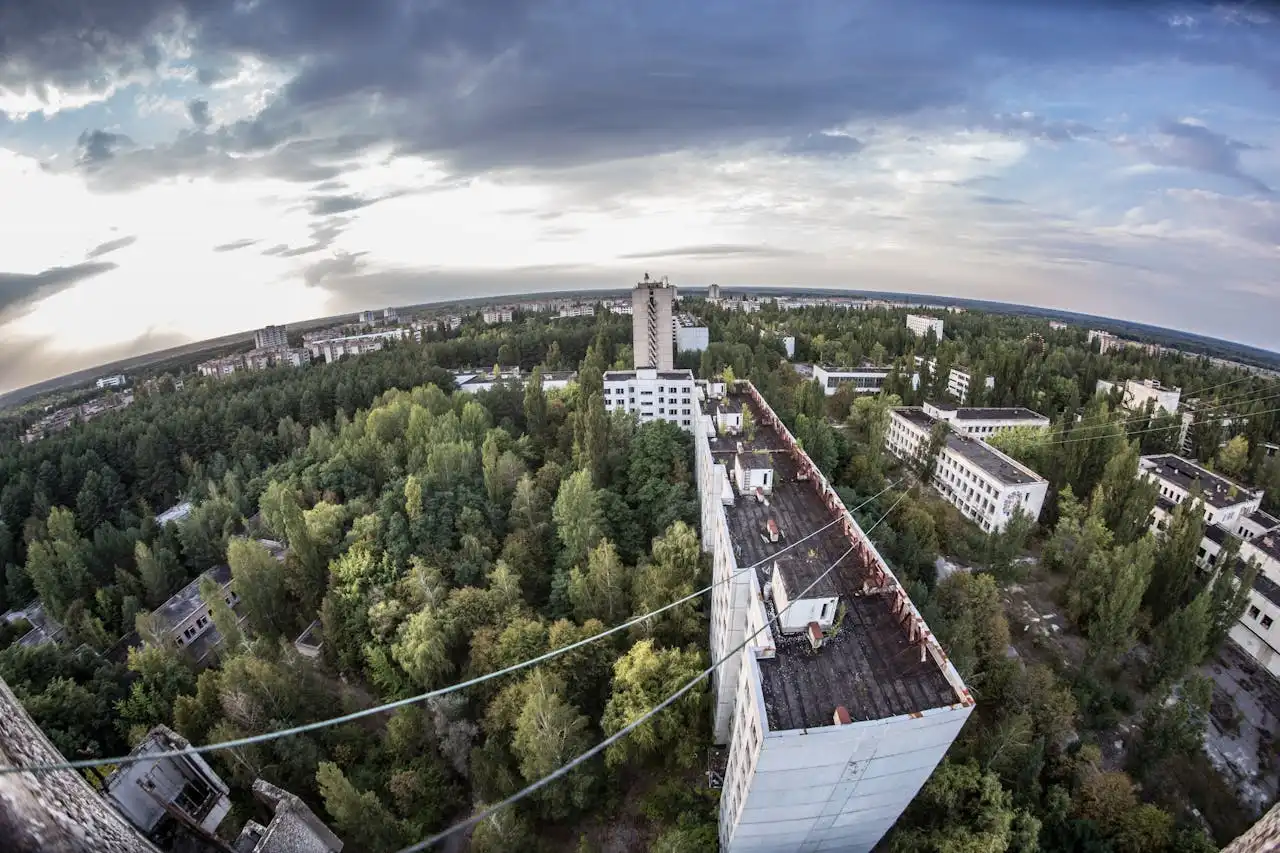From Seoul to Tokyo: Why Asian Cities Are Pioneers in Public Accessibility
Muhe - Tuesday, 05 August 2025 | 06:00 AM (WIB)


Why Accessibility Matters More Than Ever
So, what’s their secret? It’s not magic. It’s foresight and a cultural mindset. Both Japan and South Korea face rapidly aging populations. When a large portion of citizens are elderly, inclusive design isn’t just thoughtful — it’s essential. Cultural values also play a role: deep respect for community and the collective good helps shape urban planning. And in Japan, regular earthquakes have made resilient, universally accessible infrastructure not just helpful but vital.Seoul: A Subway System That Sets the Bar
Let’s start with Seoul. The city’s subway system is simply next-level. Most stations feature multiple elevators, platform gaps are minimal or expertly bridged, and tactile paving guides visually impaired passengers with ease. The innovation doesn’t stop there — apps like ‘Subway Korea’ provide real-time accessibility info, from escalator status to barrier-free routes. And the city’s low-floor buses? Standard. Seoul isn’t just accessible — it’s smart, intentional, and constantly improving.Tokyo: Universal Design Done Right
Then there’s Tokyo, a city known for its efficiency and elegance — and its stellar commitment to universal design. Platform gaps? Virtually nonexistent on many lines. Public toilets? Not only accessible but clean, spacious, and thoughtfully equipped. Staff at train stations (the helpful eki-in) routinely assist passengers with wheelchairs or luggage, often with ramps and polite bows. The 2020 Paralympics may have sparked upgrades, but Japan’s journey toward accessibility started decades ago.Micro-Accessibility: The Details That Matter
Beyond the big-ticket upgrades, both cities shine in the small, thoughtful touches. In Japan, distinct bird sounds help visually impaired pedestrians at crosswalks. Multi-language signage — often with Braille — makes navigating intuitive. In transit hubs, accessible taxis are readily available. Cafés have step-free entrances and wide aisles. Parks are designed with gentle slopes and inclusive paths, ensuring everyone — from wheelchair users to toddlers — can enjoy urban nature with ease.The Global Takeaway: It Starts With Mindset
What can other cities learn? Accessibility isn’t just about big budgets — it’s about prioritizing inclusion from the beginning, not as an afterthought. It’s about realizing that everyone benefits: seniors, people with disabilities, parents, delivery workers, or even someone with a sprained ankle. An accessible city is a less stressful, more dignified place for everyone.Where Innovation Meets Empathy
From Tokyo’s polished rail system to Seoul’s tech-savvy subway, these cities have proven that accessibility can be seamlessly integrated into urban life. They haven’t just built ramps — they’ve built a new way of thinking. This is what happens when innovation meets empathy. These aren't just cities — they’re blueprints for a more inclusive, equitable, and connected future. And that, truly, is inspiring.
Did Earth Just Jump from 3D to 5D? Let's Deconstruct the Hype
2 months ago

South Korea Says "No More Pixels, More Pencils!" in Classrooms
2 months ago

Japan Earthquake Rumors: Between Manga Prophecies, Tourist Fear, and Scientific Reality
2 months ago

Marina Bay Sands to Become a New Icon with US$8–9 Billion Development
2 months ago

Global Water Crisis 2025: A Threat That Cannot Be Ignored
2 months ago

The Vanishing Crown: Global Warming's Grip on Carstensz Peak's Glaciers
2 months ago

The Pig Lungs That Could Change Everything: A New Dawn for Organ Transplants?
2 months ago

The Unseen Legacy: Chernobyl's Enduring Echoes on Life and Land
2 months ago

South Korea's Latest Crime-Fighting Gizmo: Say Hello to the Hologram Police!
2 months ago

The Cosmic Game of Hide-and-Seek: Beyond Planet X, Meet Planet Y?
2 months ago
